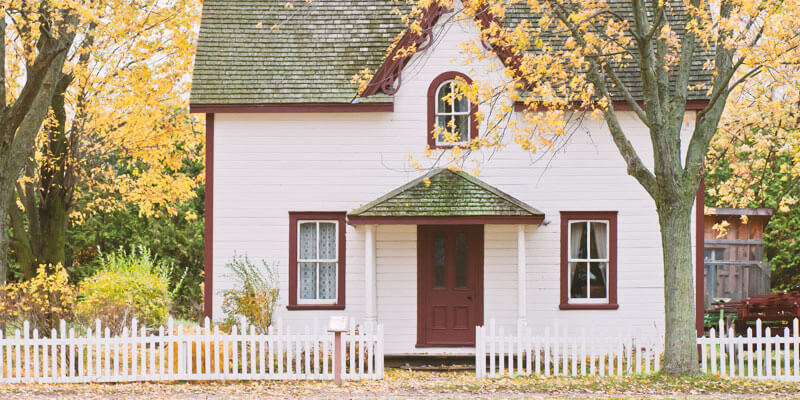Determining what you can comfortably afford to spend on a home is important to define well before you head out home shopping. Otherwise, you could waste time looking at homes that stretch you outside your financial comfort zone or, worse yet, are completely beyond your means.
Your first step should be to enlist your mortgage agent to secure a preapproval for you. A pre-approval is a conditional commitment by your lender to grant you a mortgage. Your lender will conduct a thorough analysis of your finances and creditworthiness, and further assess whether you meet the requirements to successfully secure the loan you’re seeking. Expect to complete an official mortgage application.
As part of the affordability assessment process, mortgage lenders will take an in-depth look at your overall housing costs as well as any outstanding debt. Housing costs can be extensive and quickly add up – from property taxes and insurance, to heat, hydro and repairs, not to mention the cost of your down payment. In order to determine the amount they’ll lend to you, lenders are required to use calculations known as debt service ratios. There are two types:
- Gross Debt Service (GDS) ratio. The percentage of your gross annual household income required to own your home. Lenders estimate your annual mortgage payments (principal and interest), property taxes, heating costs and a percentage of condo fees, if applicable.
- Total Debt Service (TDS) ratio. The percentage of your gross annual household income required to own your home, plus all other debts and loans. The calculation uses your GDS percentage and adds any other monthly payments you have including loans or outstanding credit card debt.
‘Closing costs’ refer to several fees and charges associated with the completion of your mortgage deal, including all legal and administrative expenses you’ll be responsible for paying leading up to, or on, your home’s closing date. It’s important to include these costs in your budget because, in many instances, they can’t be rolled into your mortgage payments.
Closing costs range depending on the specific property you plan to purchase but, as a general rule, set aside 5% of the purchase price to cover these expenses. They typically amount to anywhere from 3-5% of the home’s price, but it’s always better to save more money than you need. Any leftover funds can then be used to help furnish and decorate your new home, or put aside for future maintenance costs.
Figuring out your mortgage payment
Your mortgage payment is made up of two main components: 1) Principal and 2) Interest.
In the early stage of your mortgage when your balance is higher, your lender will apply a larger portion of the payment towards the interest, with the remainder going towards the principal. Over time, however, an increased portion will be applied towards the principal until it’s paid off entirely.
When determining your mortgage payment, consider the following details:
- Amount – this is represented by the price of your home, less your down payment (plus mortgage default insurance, if applicable). The more you borrow, the higher your mortgage payment
- Amortization – if you have a longer amortization period, you’ll have lower monthly payments, but you’ll pay more interest over the life of the mortgage. A shorter amortization means paying off the mortgage faster, but your payments will be higher. The standard amortization used is 25 years
- Frequency – how often you make your payments will affect the amount of each payment. More frequent means more money is paid in a shorter period of time, which will pay down the mortgage quicker
- Rate – this is the interest charged on your mortgage. The higher the interest rate, the larger your mortgage payment. You can select a fixed-rate mortgage so that your payment remains the same each month, or a variable-rate mortgage where your payment fluctuates with the rise and fall of rates
Have questions about how much you can comfortably afford to spend on a home? Answers are a call or email away!

